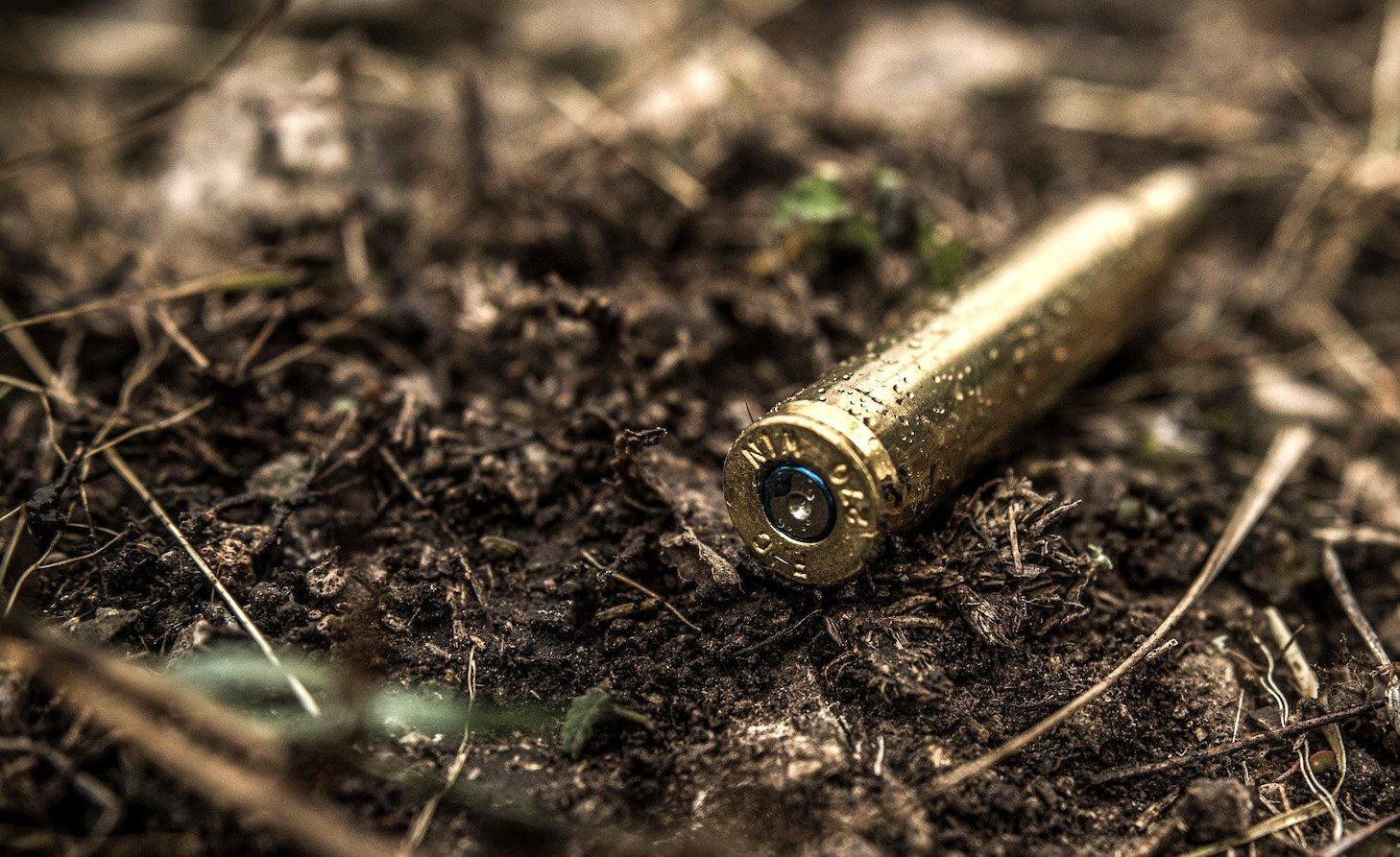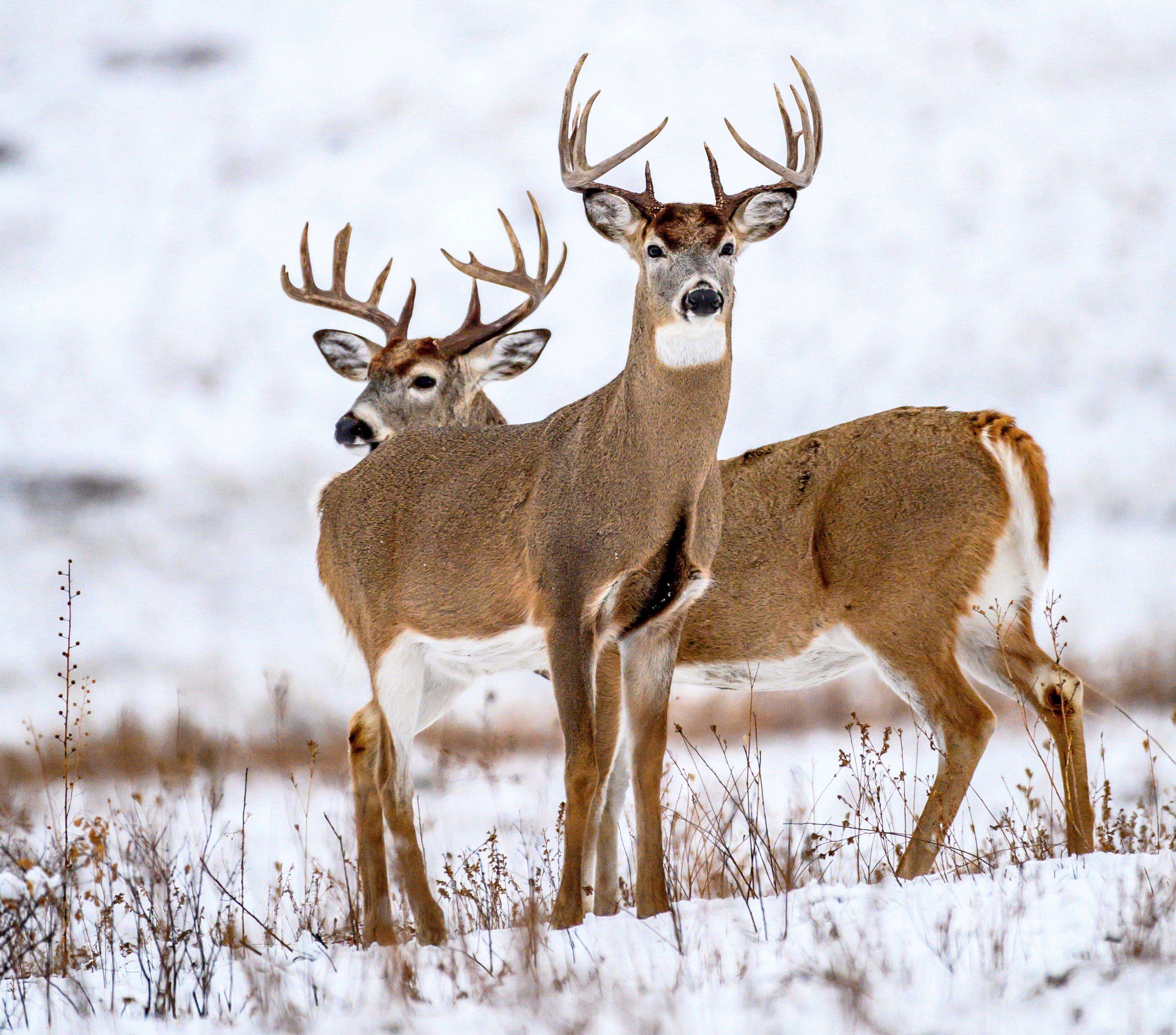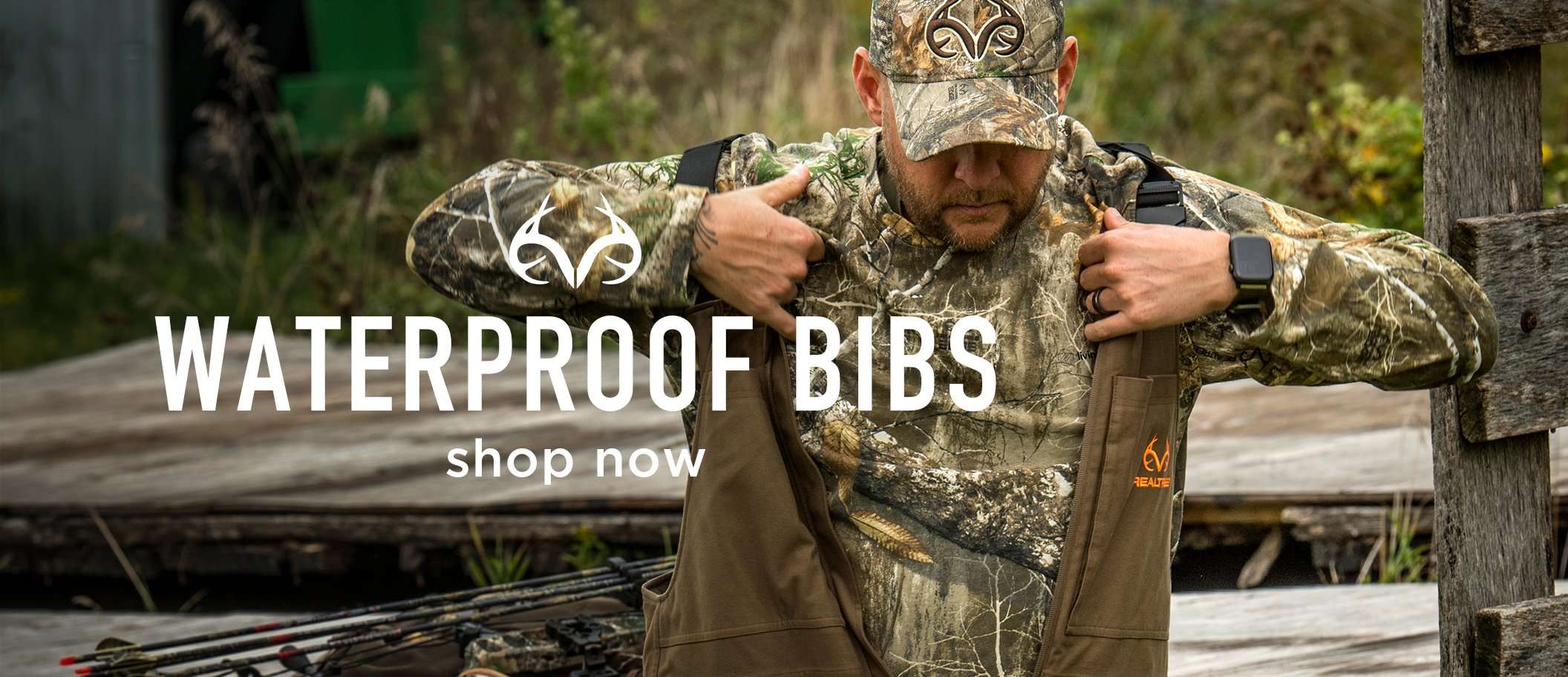Relax, it happens to everyone. Here are 8 of the most common reasons gun hunters swing and miss

Some believe that shooting at a deer with a rifle is a guarantee, but it most certainly is not. Image by John Hafner
The big buck appeared instantly, running my way on the heels of a doe. I’m not sure if she was in estrous — it was the end of December — but that’s beside the point. I was unable to get my gun on the shooting sticks, and the buck slammed on the brakes once the doe realized that I wasn’t a Nebraska cedar tree. With the buck facing me at 90 yards, I feared that he’d spin around and run directly away. I took the shot, and he ran away as if he’d merely been spooked.
Upon closer inspection, there was no blood or hair on the snow, and I followed his tracks for some distance. Nothing. Indeed, I’d missed what would’ve been my largest buck at the time. That hunt happened 16 years ago, and thinking about it still hurts.
Most deer hunters have experienced missing a deer with a firearm, and those who haven’t likely will. We’re humans. We make mistakes. We miss deer. Now, there are various reasons why deer hunters miss with firearms, but following are eight of the most common. Follow along and learn what not to do the next time a buck (or doe) steps into your crosshairs.
1. Shooting At Running Deer
A deer bounding through the timber or even an open area is a tough target. Not only do you face the difficulty of the forward motion and deciding how much to lead the animal, but you’re also against the up-and-down motion as the deer makes leaps. In some ways, a deer running full tilt across flat ground might be an easier target since the deer isn’t making up-and-down bounding motions and you only have to worry about your lead. Regardless, it’s still a very difficult target.
There isn’t a great way to practice for running shots, and so the average deer hunter shouldn’t attempt them unless the shot distance is very close and confidence is high.
2. Flinching
Some time when you’re at the shooting range, try this dry-firing exercise while you’re safely pointed at the target downrange. Line up the reticle on the bull’s-eye, then forcibly yank the trigger, while keeping your eyes open. Did you see how much your reticle moved? If you had your gun on sandbags, now do the same thing but while aiming free-handed. Now the movement will be even greater as you yank the trigger. Wherever your reticle happens to be as the gun fires is where your bullet will hit, and it often isn’t where you intended.
Flinching is frequently caused by shot anticipation. Whether it’s the heat of the moment, the recoil, or the loud report, it’s common to anticipate the shot. Sometimes the flinch is so bad that the shooter pulls their chin away from the stock before the gun actually fires. Others even close their eyes before pulling the trigger. Practice extensively in the off-season by dry firing or using soft-shooting rimfire rifles to perfect a smooth trigger pull sequence.
Don’t Miss: IS THE WHITETAIL LOTTERY WORTH IT?

Just because a buck stands in gun range, doesn’t mean it’s a dead deer walking. Image by John Hafner
3. Purchasing a Scoped Rifle and Thinking It’s Sighted In
I’ve seen people purchase scoped rifle packages the night before deer season intending to take them hunting the following morning. Maybe this isn’t as common as we think, or maybe it is. The manufacturer’s guaranteed grouping claims don’t matter. You have to shoot the gun for yourself and make sure that it’s sighted in.
I’ll expand on this point by way of a related topic, and that is hunting with a rifle that you haven’t shot since last year or borrowing someone else’s. If your gun was on last year, great, but shoot it this year anyway. Not only is it wise to make sure that it is still sighted in, but it’s also good to practice proper shot execution so that it’s fresh in your mind as you head out on opening morning.
4. Shooting Too Far
This one is very common. Some people get way too confident when they have a rifle in their hands. If you haven’t practiced to at least the distance you’re planning to shoot, or you have but didn’t shoot well, you’re risking a bad shot on a deer.
Stay within your comfort zone. If you practice, then you should know at what range you’re deadly. Draw a line in the sand where you’re deadly, and then don’t shoot beyond that distance. If you want to be deadlier at longer ranges, then more practice is in order.
5. Not Using a Rest
I made this mistake when I missed that buck 16 years ago. When I saw him running my way, I crouched but didn’t plop my gun on the shooting sticks. I know that I flinched worse because of that. I’m not saying I would’ve for sure killed the deer, but I know that my off-hand shooting capabilities aren’t that great.
Today, it doesn’t matter what the shot distance is. If I can have my gun on a rest, you can bet your hat that I’ll do it. I killed a western buck at 54 yards with a muzzleloader a few years ago — a gimme shot — but I still used my shooting sticks. A rest boosts confidence by making you steadier amidst the adrenaline rush.
Don’t Miss: WHAT’S UP WITH THIS MONSTER-BODIED SPIKE BUCK?

There’s plenty of room for error for a rifle hunter. Settle in and take a good shot. Image by Realtree Media
6. Breathing During the Shot
This starts at the range. As you’re aiming, have you noticed how breathing drastically increases your reticle movement on the target? When your lungs expand and contract, your shoulder moves. And because your shoulder moves, the gun moves. Now, imagine how this compounds when you have an adrenaline rush and heavy breathing. It’s far easier to group if you inhale deeply, exhale slowly, and then fire. You’ll still have your heartbeat to contend with, but eliminating the movement from breathing will help substantially.
7. Shooting Through Brush
It’s now or never. You’ve sat from daylight to dark for several days, and now a buck is slipping through the woods behind your stand where you didn’t intend to see one. You know there are limbs and bushes in the way, but you can’t see them clearly. You can get a bullet through there, right?
Maybe not. Even a small obstruction can deflect a hunting bullet (almost regardless of what cartridge you’re shooting). It’s nothing you can predict, either, and so shots through the brush frequently result in wounded animals. If you think the shot is obstructed, wait for a sure opening or simply pass on the shot altogether.
8. Rushing the Shot
This is likely the chief mistake of them all. When an animal appears, it’s easy to believe that we have to shoot as fast as possible to avoid missing the opportunity. But rushing a shot is often a fast track to missing. Rushing leads to a combination of many of the problems we’ve outlined here, like not getting a steady rest, shooting through brush, breathing heavily, and flinching.
It’s true that being quick on the gun can be the difference in getting a buck or watching him disappear, but there’s almost always time to take 1-2 seconds to really dial your aim and squeeze the trigger. If you’re not 100 percent confident in the shot, let the deer walk. You’re chances of seeing him again are way better than if you miss him or wound him.
Don’t Miss: 8 WAYS TO HOLD LATE-SEASON DEER ON YOUR HUNTING LAND












